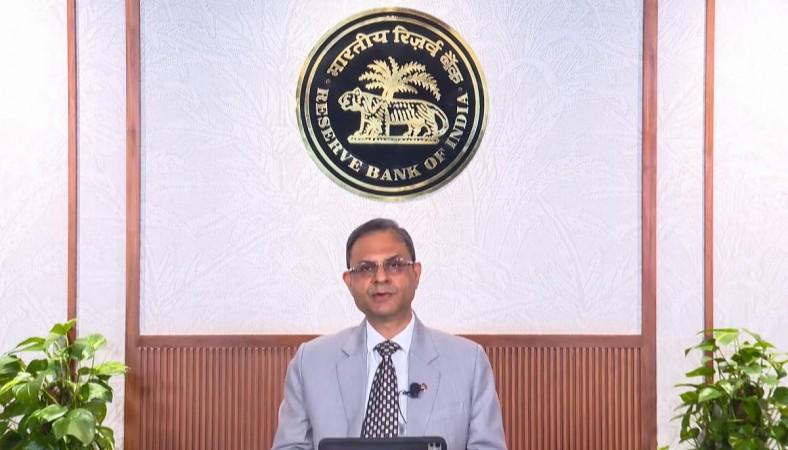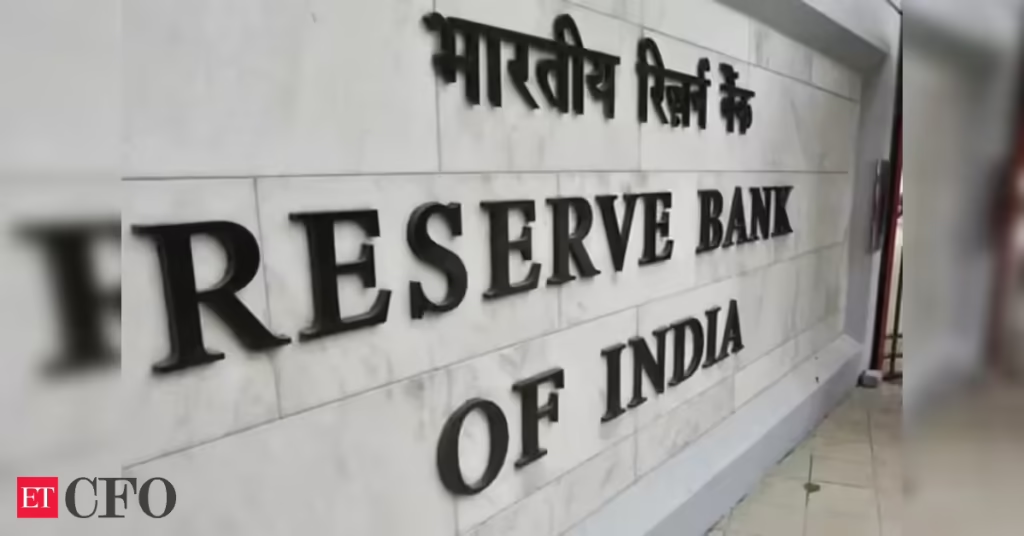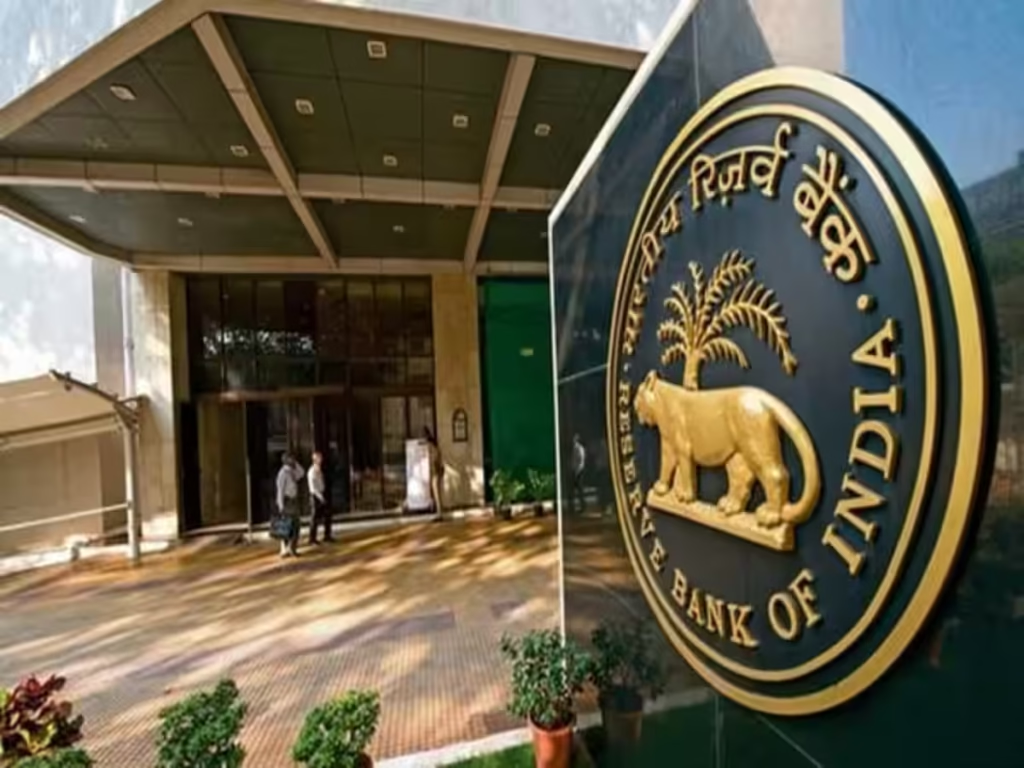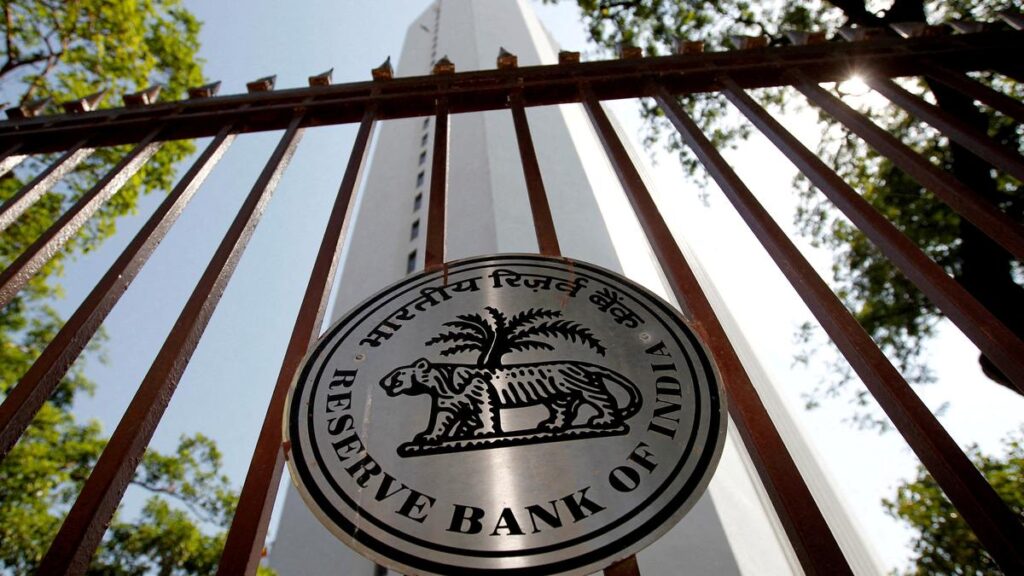Introduction
As the global economy continues to experience headwinds—ranging from supply chain disruptions, geopolitical tensions, rising energy prices, and unstable commodity markets—India stands out as a beacon of resilience. The Reserve Bank of India’s (RBI) July 2025 bulletin offers a comprehensive overview of the Indian economy’s strength in the face of global uncertainties. The report highlights robust performance in agriculture and services, a dramatic decline in retail inflation to a six-year low of 2.10%, and subsequent policy actions including a cut in policy interest rates and the Cash Reserve Ratio (CRR).
This development is not merely a footnote in India’s economic chronicles—it is a marker of strategic policy decisions, sound macroeconomic planning, and the strength of domestic demand. This article will explore in-depth the key highlights of the RBI bulletin, the macroeconomic implications of low inflation, the dynamics behind the monetary policy changes, and how agriculture and services are steering India’s growth trajectory. Additionally, we will analyze potential risks and forward-looking perspectives on India’s economic strategy for the remainder of FY 2025–26.

1. Global Economic Backdrop: Challenges Continue
The global economic landscape remains fraught with volatility. A slow recovery in Europe, tightening monetary conditions in the US, and ongoing disruptions from geopolitical events—including the prolonged Russia-Ukraine conflict and new trade tensions in East Asia—have cast a shadow on international trade and investment flows.
Developed markets have shown signs of stagnation, with the US Fed walking a tightrope between inflation containment and recession avoidance. The Eurozone’s GDP growth has hovered close to zero, while China’s economy, though recovering post-COVID, is struggling with youth unemployment and property sector distress.
In contrast, emerging markets like India are faring relatively better. The International Monetary Fund (IMF) has projected India’s real GDP growth to be around 6.8% for 2025, the highest among large economies. The RBI bulletin provides granular insights into how India is managing to navigate these turbulent waters.
2. India’s Macro Overview: Stability Amidst Uncertainty
2.1 GDP Growth Momentum
According to the RBI’s July 2025 bulletin, India’s real GDP expanded by 7.2% in Q1 FY2025–26, bolstered by strong private consumption, renewed capital expenditure, and steady export performance. Industrial production picked up pace due to a rebound in manufacturing and a sharp rise in infrastructure spending under government initiatives like Gati Shakti and the National Infrastructure Pipeline (NIP).
2.2 External Sector Resilience
The current account deficit narrowed to 0.8% of GDP, driven by a surge in software exports and remittance inflows. The rupee has remained relatively stable, appreciating slightly against the dollar, supported by strong forex reserves surpassing $645 billion. India’s trade balance improved, thanks to falling crude prices and increasing domestic production of energy.
3. The Record Low Inflation: 2.10% in Focus
3.1 Historical Context
Retail inflation, measured by the Consumer Price Index (CPI), plummeted to a six-year low of 2.10% in June 2025. This marks a significant drop from the average inflation rate of 5.2% seen in 2023 and well below the RBI’s medium-term target of 4%.
3.2 Drivers of Disinflation
The bulletin attributes the steep fall in inflation to several interlinked factors:
- Food Inflation Moderation: A bumper rabi crop, particularly in wheat and pulses, helped ease food prices. Horticultural production also saw record highs.
- Crude Oil and Energy Prices: International crude oil prices cooled off due to increased global production and inventory build-ups, translating to lower transport and fuel costs domestically.
- Policy Effectiveness: The RBI’s earlier tightening cycle (2022–2024) bore fruit, and its inflation-targeting framework helped anchor expectations.
- Base Effect: The high inflation base of June 2024 (when CPI touched 5.8%) also contributed to a favorable year-on-year comparison.
4. Policy Response: Rate Cuts and Liquidity Measures
4.1 Policy Rate Adjustment
With inflation comfortably below the target and economic growth sustaining, the Monetary Policy Committee (MPC) of the RBI unanimously voted in July 2025 to cut the repo rate by 50 basis points—from 6.25% to 5.75%. This is the first rate cut since 2021, signaling a shift from the previous tightening stance.
The move aims to stimulate investment, enhance credit flow to productive sectors, and support growth amid benign inflationary pressures.
4.2 Cash Reserve Ratio (CRR) Cut
The RBI also reduced the Cash Reserve Ratio (CRR) by 25 basis points to 3.75%, releasing approximately ₹45,000 crore into the banking system. This additional liquidity is expected to benefit micro, small, and medium enterprises (MSMEs), agriculture, and real estate sectors.
4.3 Forward Guidance
The bulletin’s policy section highlights that the RBI will adopt a “data-dependent but growth-supportive” approach. Future rate actions will be contingent on inflation trajectories and global economic conditions, especially oil prices and US Federal Reserve actions.

5. Sectoral Analysis: Agriculture and Services Drive Growth
5.1 Agriculture: The Backbone of Resilience
The agricultural sector has emerged as the silent champion of India’s economic story in 2025.
Key Highlights:
- Rabi Output: A record wheat production of 112 million tonnes, up 6% YoY.
- Agri Exports: India exported agricultural goods worth $65 billion in FY2024–25, a new high.
- Irrigation and Tech: Expansion of micro-irrigation schemes and agri-tech innovations (drones, AI, IoT) boosted yields and efficiency.
- Rural Demand: Higher MSPs (Minimum Support Prices) and direct benefit transfers under PM-KISAN have increased rural consumption, particularly in Tier 3 and Tier 4 towns.
5.2 Services: The Growth Multiplier
India’s services sector, accounting for over 54% of GDP, is thriving. The IT and financial services segments have seen double-digit growth.
Highlights:
- IT & Software Exports: Revenues from software services exceeded $240 billion, fueled by AI, cloud, and digital transformation projects globally.
- Tourism and Hospitality: Domestic tourism rebounded with over 1.2 billion trips recorded in FY2024–25.
- Banking & FinTech: Credit growth accelerated, NPAs declined to 2.1%, and UPI transactions reached a staggering 17 billion per month.
- Education and Health Services: Edtech and healthtech startups saw strong investment, driven by increased digital penetration.
6. Industrial Performance: Recovery in Motion
Although industrial growth lags behind services, signs of recovery are evident. Core sectors—cement, steel, and electricity—registered YoY growth of 9.2%. The Production Linked Incentive (PLI) scheme continues to draw FDI into manufacturing electronics, semiconductors, and electric vehicles.
7. Financial Markets and Credit Trends

7.1 Banking Sector Health
The bulletin notes that the banking system remains well-capitalized. Gross NPA ratios fell to a decade-low of 2.1%. Credit growth stood at 14.8% YoY, led by MSMEs and housing.
7.2 Stock Market Performance
Indian equity markets have outperformed emerging market peers. The Sensex and Nifty hit record highs in July, reflecting investor confidence. Sectors like auto, banking, FMCG, and pharma saw strong inflows.
7.3 Bond Market
Bond yields dropped following the repo rate cut. The 10-year government bond yield eased to 6.45%, encouraging corporate bond issuance.
8. Digital Economy: The Catalyst for Inclusion
Digital infrastructure has played a transformative role in sustaining India’s economic momentum.
- UPI Transactions: Averaging ₹18 trillion/month.
- ONDC: The Open Network for Digital Commerce crossed 1 million sellers, reducing platform dependence.
- Digital Agriculture: Over 8 million farmers onboarded the Digital Crop Monitoring System using satellite and AI inputs.
9. Risks and Challenges Ahead
Despite the optimism, several risks linger:
- Climate Change: Erratic monsoons and extreme weather events threaten agricultural productivity.
- Global Recession: If major economies fall into recession, India’s exports could suffer.
- Oil Volatility: Geopolitical tensions can reignite crude price spikes.
- Fiscal Constraints: High subsidies and welfare spending may limit the fiscal space for capex.
10. Forward Outlook: India Poised for Sustained Growth

The RBI’s July bulletin concludes on a cautiously optimistic note. With inflation under control, growth engines running, and policy space widening, India is better placed than most economies to ride out global shocks.
Key forecasts:
- GDP Growth FY2025–26: Estimated between 6.8–7.2%.
- Inflation: Expected to remain below 4% in H2 FY2025–26.
- Fiscal Deficit: Targeted at 5.1% of GDP, down from 5.8% last year.
- Policy Rates: Scope for additional 25–50 bps cuts if disinflation sustains.
Conclusion
India’s macroeconomic performance as highlighted in the RBI’s July 2025 bulletin sends a strong signal to the world: even amidst global turmoil, a disciplined, diversified, and digitally integrated economy can thrive. A low inflation rate of 2.10%, robust agricultural output, booming services, and proactive policy management together form the cornerstone of India’s resilience.
As the RBI balances growth and stability, India’s economic trajectory looks increasingly self-assured. While challenges remain, the country is leveraging its demographic dividend, technological innovations, and policy foresight to carve out a stable path forward.
The next few quarters will test this resilience further—but with solid fundamentals and timely policy action, India may well emerge as the most dependable growth engine in the world economy.
Share this content:


